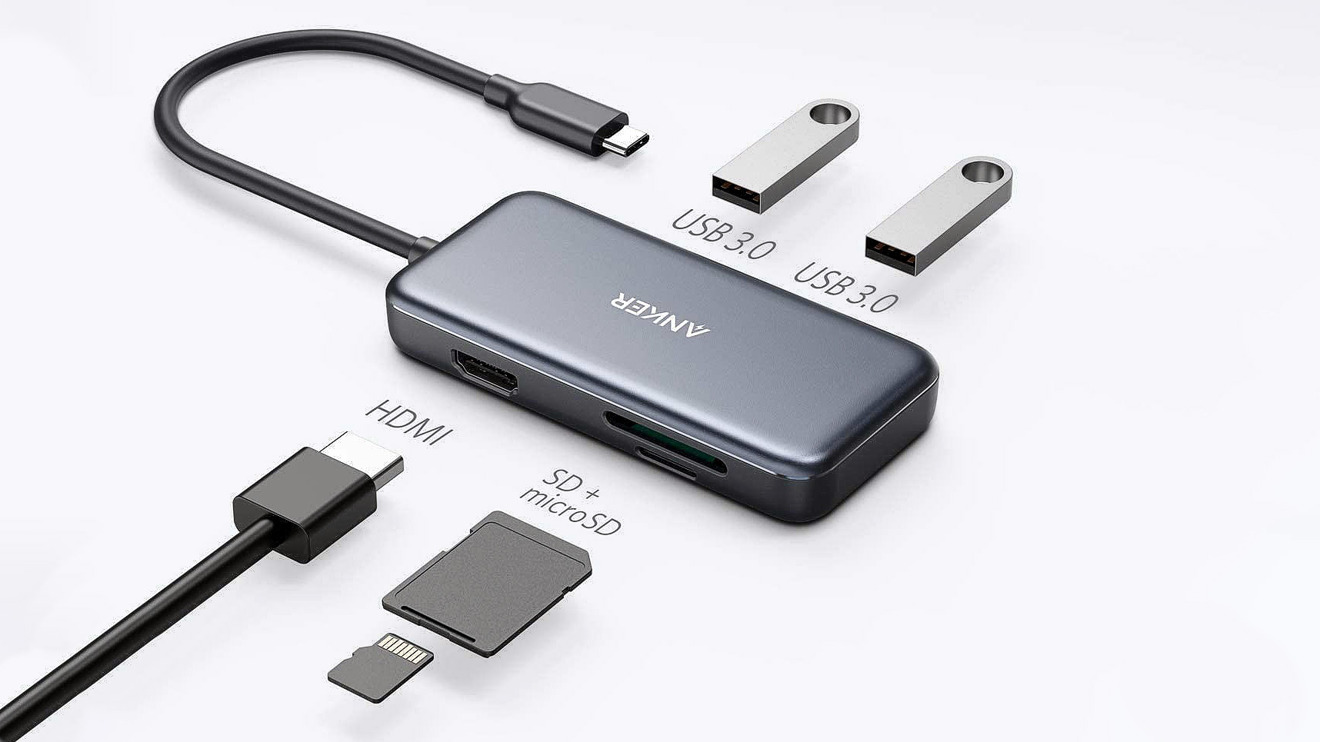

Some users recommend a clean install every time you update to a major operating system update (macOS Mojave, macOS Catalina, etc.). But when it comes to macOS Catalina, it may be a good idea. Why clean install macOS Catalina? Clean installing is normally a personal preference. When it comes to macOS Catalina, however, there may be a few reasons why you’d want to. Whether that’s actually the case across the board is up for debate. But you’ll also need to re-input all of your data, files, apps and settings - just like when you first got the computer.Īccording to some users, there are some tangible benefits to a clean install on any operating system. In other words, it’s deleting your computer and installing the next update on top of a clean system.Īs an end result, you’ll be left with a “fresh” computer that basically feels like new. During the process, you’ll also typically install a version of the latest operating system available for your particular computer. To break it down, that means you’ll get rid of all of your files, documents, photos, apps, and other system data when you perform a clean install. You’ll also lose all your data (and have to re-input it).Ī clean install, in a nutshell, is a way of installing an operating system update that also overwrites your existing system and its data. You can now quit Terminal and eject the volume.What’s a clean install? If you clean install an OS update, you’ll get that “brand new” computer feeling. When Terminal says it's finished, the volume will have the same name as the installer you downloaded, such as Install macOS Big Sur.After the volume has been erased, you may see an alert stating that Terminal would like to access files on a removable volume.Terminal displays the progress as the volume is being erased. When prompted, type Y to confirm that you want to erase the volume, then press Return.Terminal doesn't show any characters as you type your password.
#Usb cleaner mac password#
#Usb cleaner mac mac#
* If your Mac is using macOS Sierra or earlier, include the -applicationpath argument and installer path, similar to the way this was done in the command for El Capitan.

Sudo /Applications/Install\ OS\ X\ El\ Capitan.app/Contents/Resources/createinstallmedia -volume /Volumes/ MyVolume -applicationpath /Applications/Install\ OS\ X\ El\ Capitan.app Sudo /Applications/Install\ macOS\ High\ Sierra.app/Contents/Resources/createinstallmedia -volume /Volumes/ MyVolume Sudo /Applications/Install\ macOS\ Mojave.app/Contents/Resources/createinstallmedia -volume /Volumes/ MyVolume Sudo /Applications/Install\ macOS\ Catalina.app/Contents/Resources/createinstallmedia -volume /Volumes/ MyVolume

Sudo /Applications/Install\ macOS\ Big\ Sur.app/Contents/Resources/createinstallmedia -volume /Volumes/ MyVolume If it has a different name, replace MyVolume in these commands with the name of your volume. These assume that the installer is in your Applications folder and MyVolume is the name of the USB flash drive or other volume you're using.


 0 kommentar(er)
0 kommentar(er)
